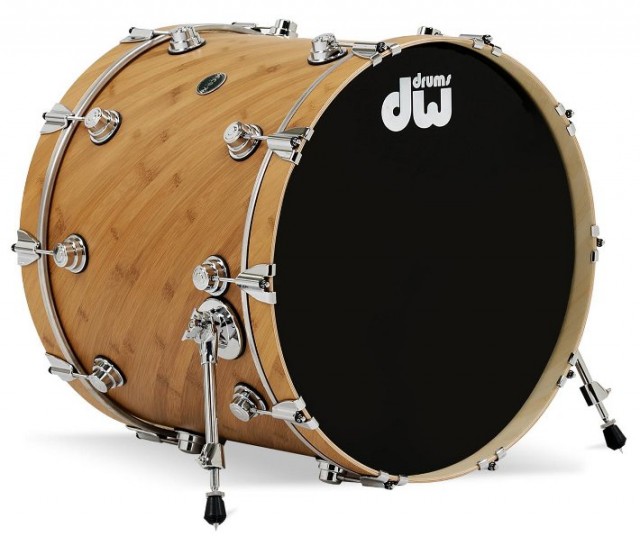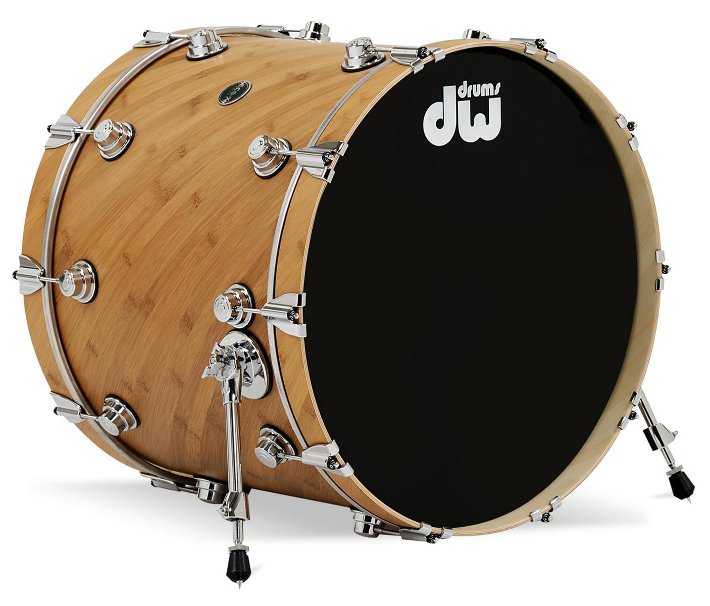
Come to Colombia and you can hear a variety of different beats, some traditional and some influenced from other cultures.
Traditional Colombian music can be divided by four different zones: the Pacific coast, the Andean region and the Eastern Plains as well as the Caribbean coast which produces some of the most popular music in Colombia.
Cumbia, mapalé and porro are music styles which originate from the Caribbean coast and are known for their vibrant rhythms.
Porro is a lively dance and is considerably faster than cumbia. Porro is a type of music that is part of the cumbia ensemble, which is made up of four different types of music: cumbia, gaita, puya and porro.
Porro and puya are faster than the first two which are performed at a leisurely tempo. Porro is played mostly by orchestras and brass bands, and is a Colombian cumbia rhythm which developed into its own genre of music.
Originally from the Sinú River area as Caribbean folklore, porro was performed on native instruments it is danced in pairs and since evolved into a ballroom dance.
Here’s how it is performed as the Porro Modern Moon and sea Jaramillos latin dance:
Porro is divided into two parts: porro palitiao and porro tapao.
Played by a bombo drum, it produces the sound of a cowbell which gives the term “palitiao” its name. Porro tapao is associated with the savannas around Cartagena and is also known as porto sabanero.
Traditionally, the instruments used are: the bombo drum, clarinet, gaita flutes, trombone, trumpet and tuba, consisting of mainly brass instruments for a more energetic sound.
Porro was practiced in people’s houses before it became an integral part of working-class culture in Medellín in the 1950s, and in the mid-1980s people began to dance the porro marcado with more emphasis on the beat.
Fused with moves from salsa and tango, porro was then taken to the dance halls in the 1990s.
Now popular with younger audiences than the traditional ballroom dancing crowd, it is even taught in schools.
Here’s a video of two children strutting their porro dance moves in Medellín:
Popular Porro Singers
In 1938 “Marbella,” by Orquesta del Caribe, composed by clarinetist Lucho Bermudez and was released on Colombia’s first record label founded in 1934.
Bermudez was known as an innovator of the style of porro and helped make porro popular and reach a wider audience in Colombia through Radio Cartagena.
He was also among the first to introduce porro to a different audience to that of the working-class by introducing it into social clubs in Bogotá, Cali, La Costa and also Medellín.
Bermudez brought it to another level with the presence of Bermudez’s orchestra and jazz arrangements.
Other well known porro artists are Toto La Momposina, a national treasure in Colombia.
Inspired by a mix of Native India and Africa music, she has developed her own signature style and now tours around the world.
Pacho Galán was also known for the genre. A Colombian composer of several different forms including porro who passed away in 1979.
Where To Hear Porro
It’s difficult to find classes for porro in Medellín, but you may be able to hear the occasional song in crossover bars in the city.
The best place to hear porro is at the Porro Festival, held in San Pelayo, Córdoba in the north of Colombia. The event has been held since 1977 and is the meeting place for hundreds of bands in the Sucre and Cordoba area.












Excellent article, Lisa; you’ve made a good work of exploring and showing the authentic Colombian culture.
Your article made me think on how, although formally part of the Andean region, Colombia is a Caribbean country in many aspects, one of them this of dance. Your videos show rightly how people of the interior have assumed (before I was a kid, that is long time ago!) the many varieties of cumbia as part of their most personal, intimate ways of expression. Probably somebody could remember and comment about a study of years ago showing that Colombian music is the Caribbean music, including Vallenato, Cumbia, and all its flavors. Congratulations!
Yes good stuff Lisa, thanks. I have taken Porro lessons in 2 schools in Medellin, ACADEMIA DANCING CON LOS GEMELOS and ACADMIA BAILA LATINO, both were good in their way and I can provide further insights should anyone be interested. I am currently trying to set up some Porro workshops in London, mainly because I love the dance and its cumbia beats. Both of my teachers made a bit of a distiction between ‘Tropical’ and ‘Porro’. I’m not sure I really quite understood it except that in Porro the dance steps at least became somewhat more complex. In any case I have 2 playlists, one of each and cannot wait to return to Medellin for some more lessons. Finally, I did once attend a Porro event in hall in El Centro, I believe in a library – this was more family orientated than club or bar and Los Gemelos organise a regular Friday evening event with a 5000 peso cover where students practise their stuff and teachers join in with a medley of dances that includes some Porro.